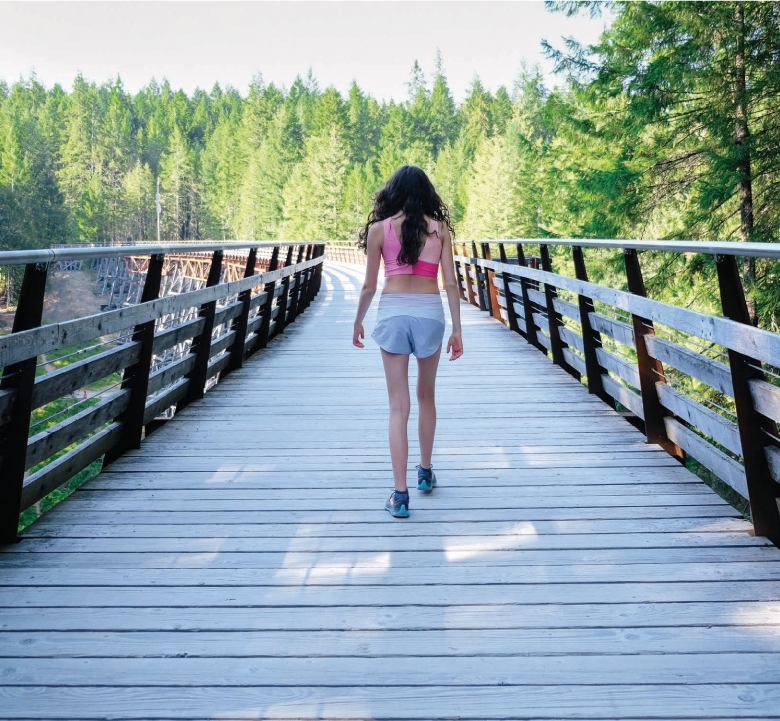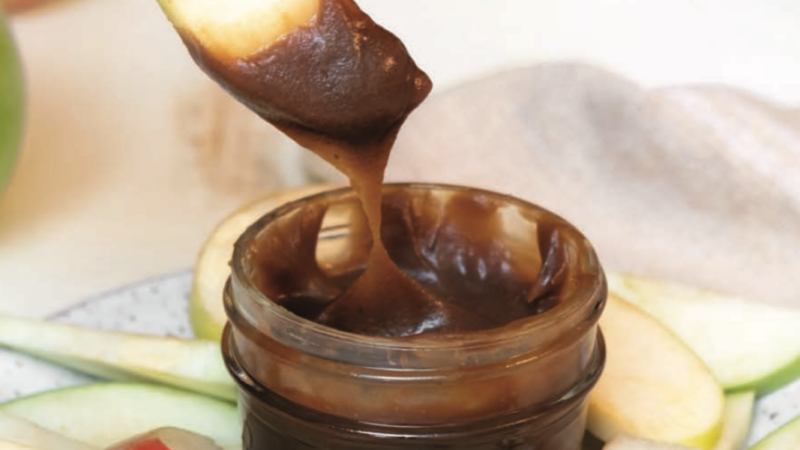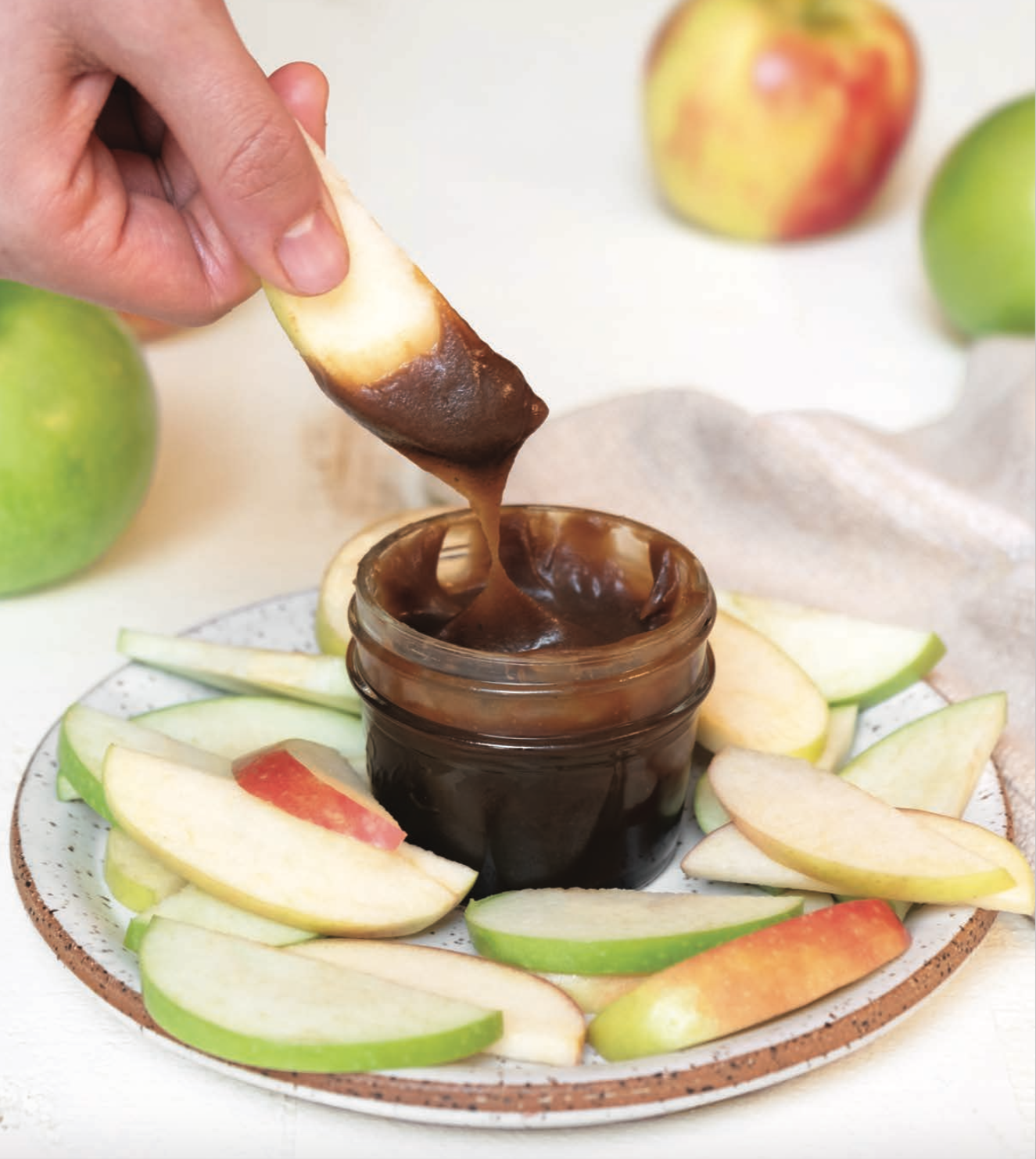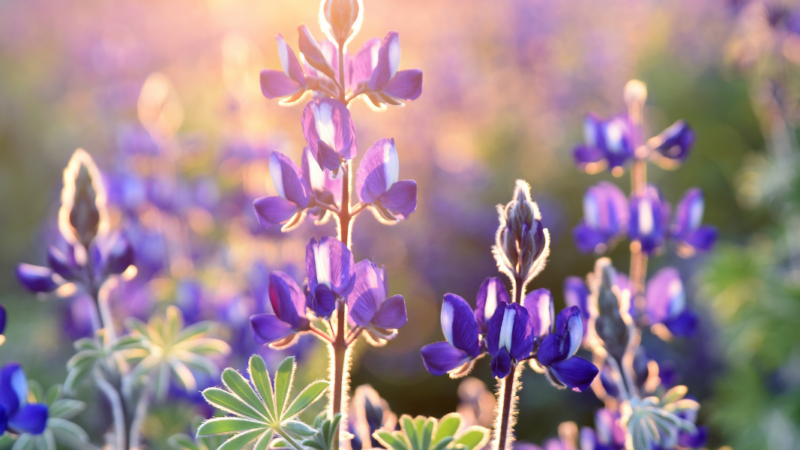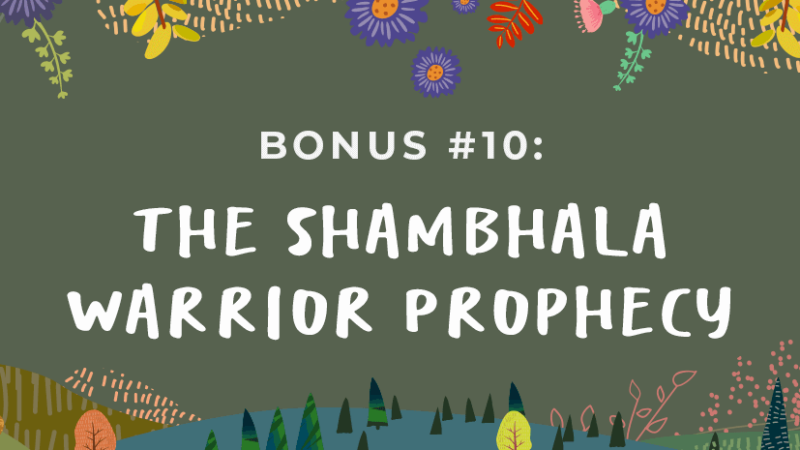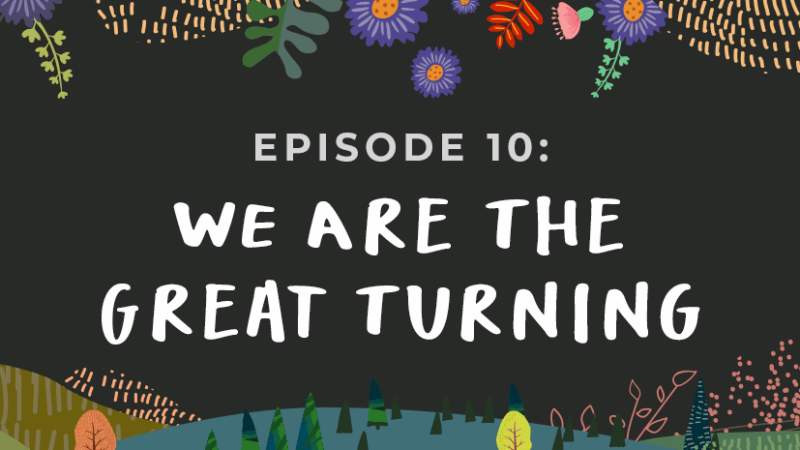Clear Your Mind
Do you ever feel like your brain might burst? Right this minute, my mind is simultaneously processing way too many thoughts:
Need to walk the dogs.
Text my friend back.
Tomorrow’s physics final.
College applications.
Need to make lunch.
What time do I have to wake up tomorrow?
It seems as though my mind is always on overload. But I’m not actually getting anything done. Why is this?
It’s because our brains aren’t meant to hold this much information. Science shows that we can only store a maximum of three or four things at once in our conscious mind, also known as our “working memory.” When we hold on to more than this, our brains become like messy rooms—cluttered and full of junk, so we can’t find anything. No wonder I feel so overwhelmed and disorganized.
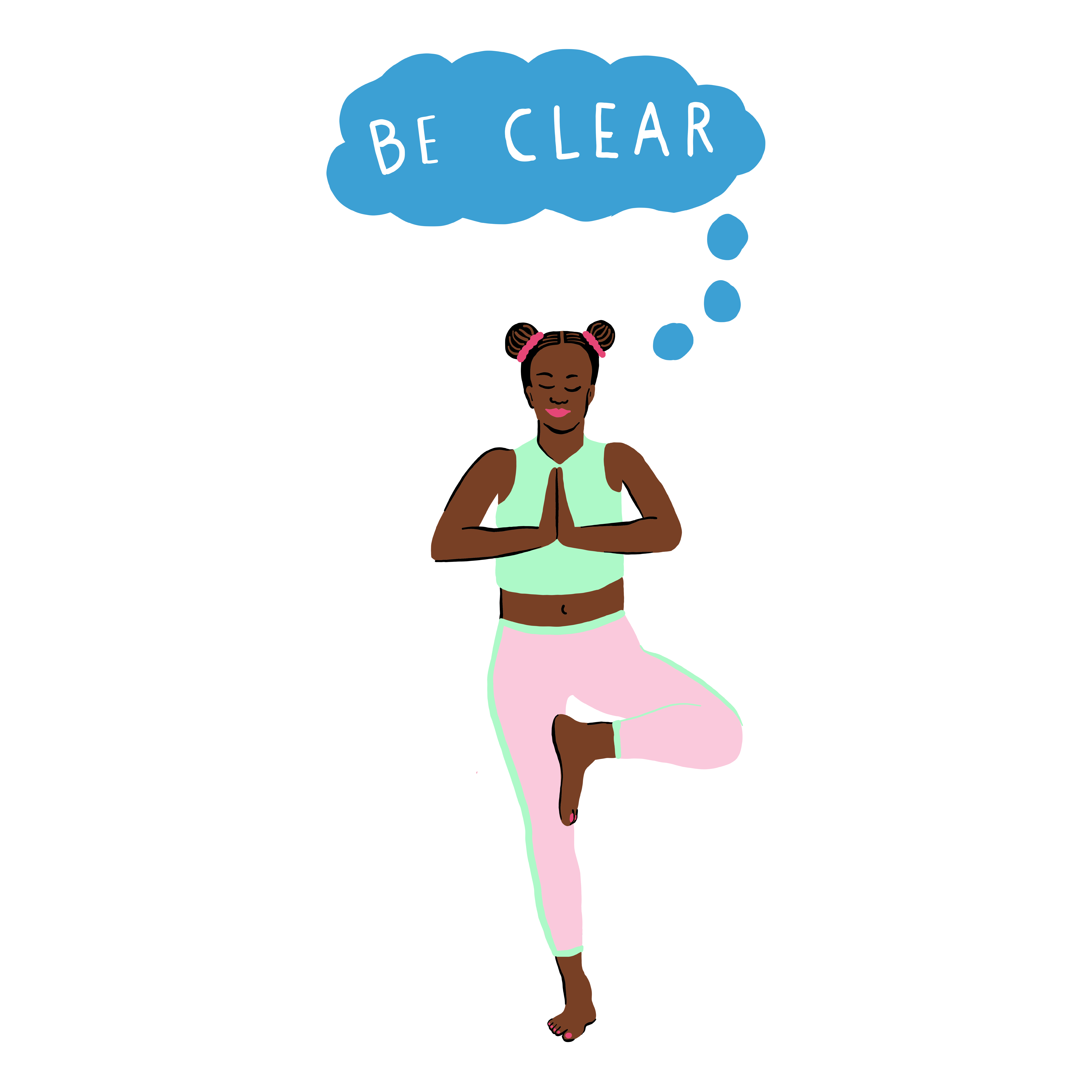
I Intend
Another way we can be clear is by setting intentions each morning. Intentions are state- ments for how we would like to go about our day. Unlike a goal, an intention doesn’t require any steps to reach a certain objective. It’s simply a way to be.
Intentions work like magic. They affect our behavior, how our day goes, and even what things “happen” to us. Here’s how to get started:
- Make your intentions at a set time each day, such as right after waking up. Take a deep breath. Notice how you feel. Do you have pain anywhere in your body? What is the first thought that pops into your mind? Is your brain racing with stress or worry? Pay attention to all of it.
- Ask yourself, What do I want to bring into this day? Breathe and listen to your body’s answer.
- Roll over, grab a pen and notebook, and write down three intentions for the day. Be sure to state them all in the affirmative. (For example, “I will practice forgiveness” rather than “I will not hold a grudge.”) Here is a sample:
I will be patient with myself.
I will listen intently to others.
I will speak out of kindness.
- Read over your list. Let your intentions seep in. It might help to read them out loud. When you feel satisfied, seal the practice with another deep breath. Throughout your day, whenever you feel yourself becoming overwhelmed or stressed, think back to those statements.
This is an excerpt from the chapter “Be Clear” from Whole Girl: Live Vibrantly, Love Your Entire Self, and Make Friends with Food by Sadie Radinsky.
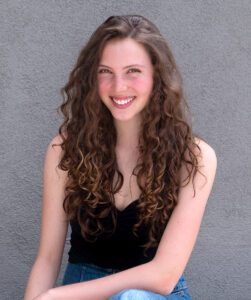 Sadie Radinsky is a 19-year-old blogger and recipe creator. For over six years, she has touched the lives of girls and women worldwide with her award-winning website, wholegirl.com, where she shares paleo treat recipes and advice for living an empowered life. She has published articles and recipes in national magazines and other platforms, including Paleo, Shape, Justine, mindbodygreen, and The Primal Kitchen Cookbook. She lives in the mountains of Los Angeles. For more, visit wholegirl.com.
Sadie Radinsky is a 19-year-old blogger and recipe creator. For over six years, she has touched the lives of girls and women worldwide with her award-winning website, wholegirl.com, where she shares paleo treat recipes and advice for living an empowered life. She has published articles and recipes in national magazines and other platforms, including Paleo, Shape, Justine, mindbodygreen, and The Primal Kitchen Cookbook. She lives in the mountains of Los Angeles. For more, visit wholegirl.com.
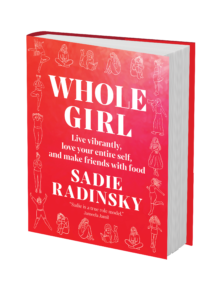 Sounds True | Amazon | Barnes & Noble | Bookshop | Indiebound
Sounds True | Amazon | Barnes & Noble | Bookshop | Indiebound


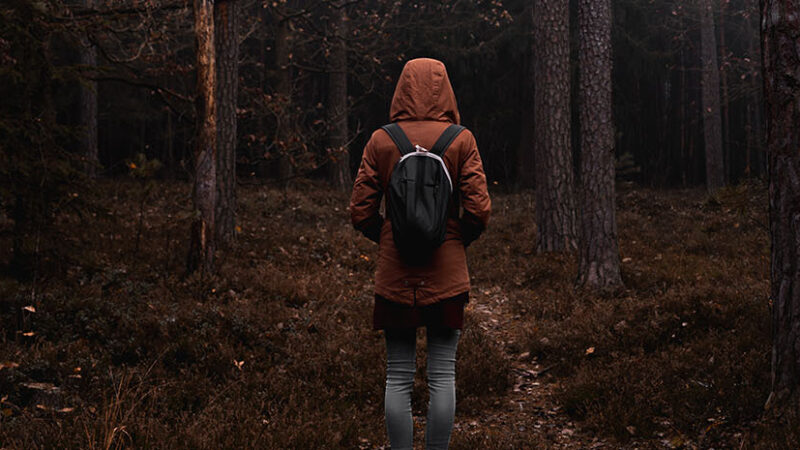
 MINDFUL MOVEMENT: Walking Meditation
MINDFUL MOVEMENT: Walking Meditation